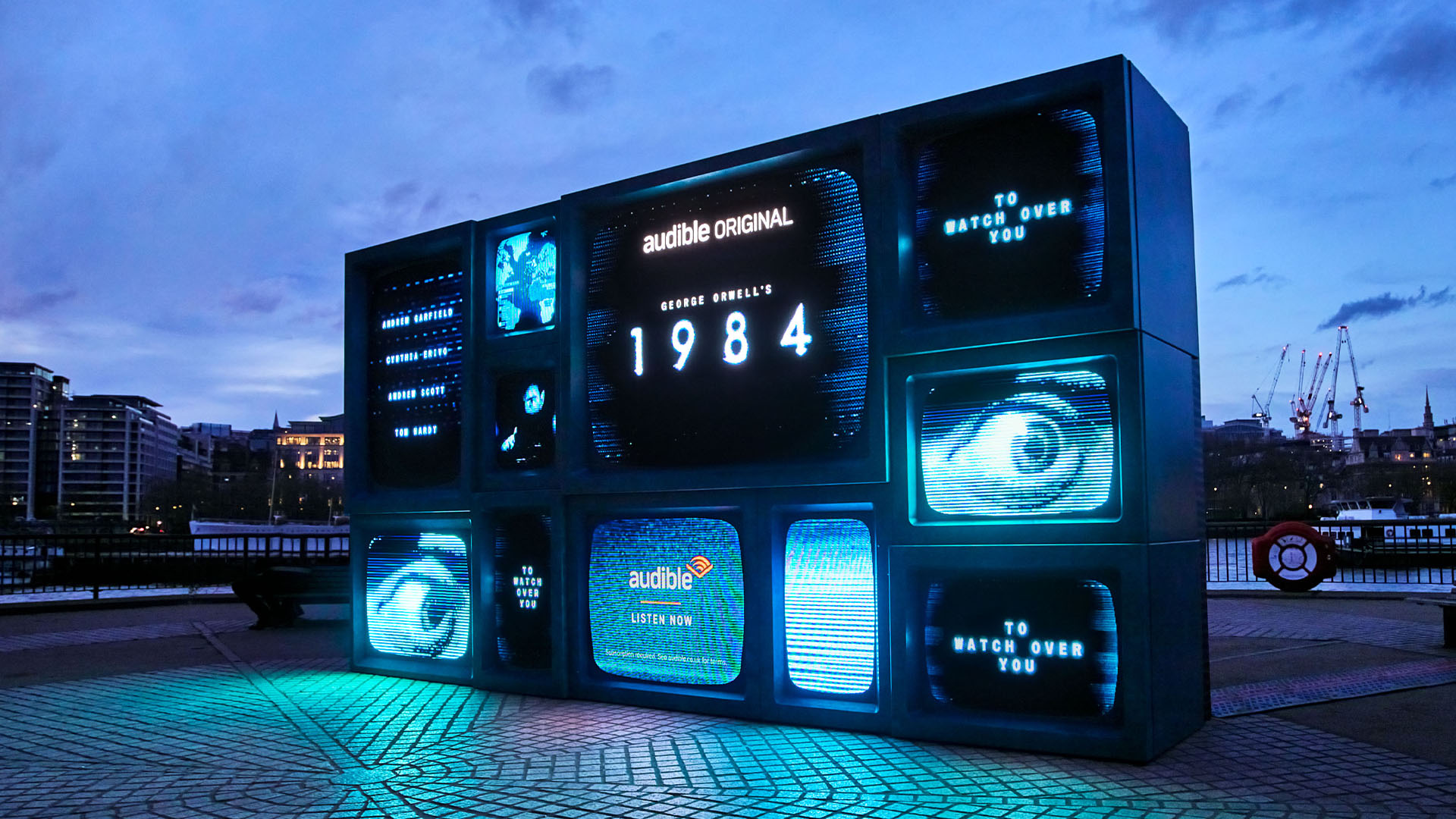
Experiential design is a human-centred creative genre that seeks to build multisensory experiences with emotional resonance. Combining interactivity with environmental design, it transcends traditional creative mediums to build immersive experiences that engage with audiences, redefining the act of storytelling as we know it.
To get some expert insight into the Brand Impact Awards' newest category, I caught up with Tommy Taylor, creative partner at BIA award-winning creative agency Alphabetical, to discover the key to creating successful experiential design. Together, we discussed the challenges of the creative genre, how advancing technology is influencing the design process, and what he projects for the future of experiential design.
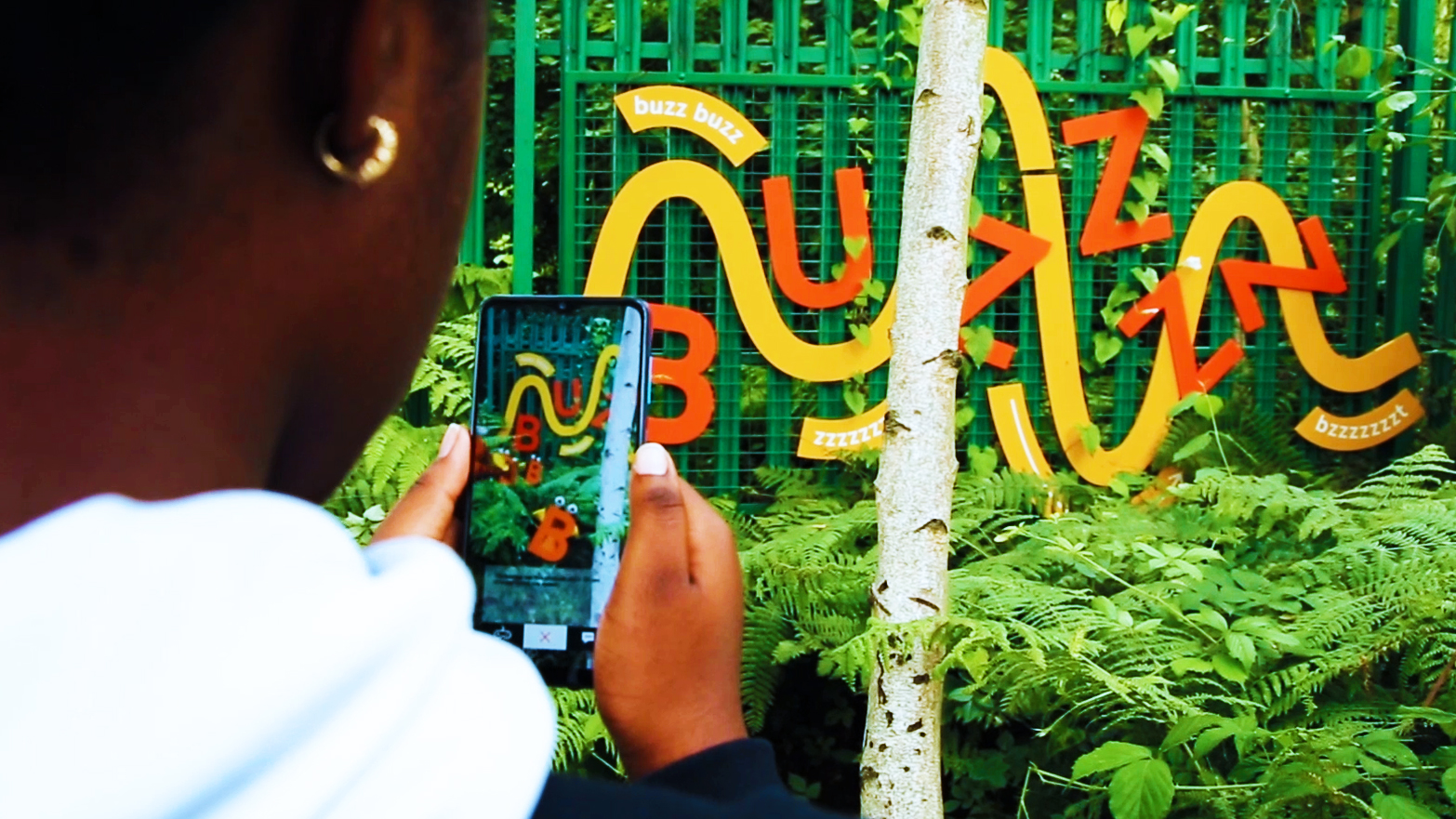
What is the difference between traditional design and experiential design?
Experiential design represents a greater shift towards human curiosity compared to traditional design. It places an emphatic focus on defining a ‘moment'. It’s our opportunity, as designers, to take creativity a step closer to the audience we want to reach.
It’s very much a call-and-response between the senses – a creative dialogue between designer and audience, triggering the senses and provoking an emotive reaction, which will hopefully resonate long after the moment.
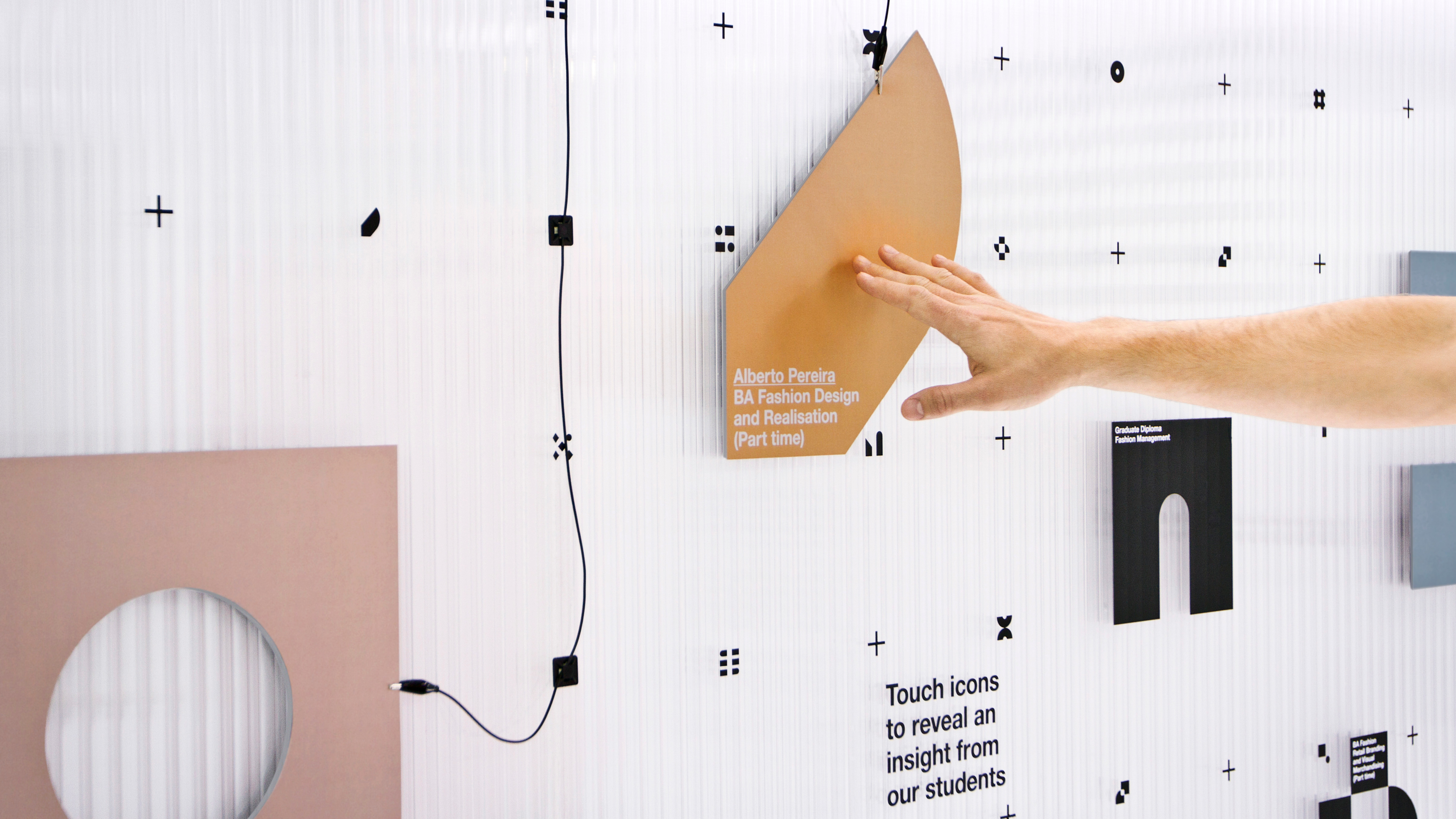
How would you define a "successful" experiential design experience?
Successful experiential design provides answers to the question 'how will this moment be remembered?’
The most exciting experiential design requires the designer to consider answers to questions their audience hasn’t yet thought to ask. It’s a subtle, bilateral exchange that is unspoken between designer and audience. When experiential design is successful, it creates a moment that triggers human curiosity, stimulating the senses, igniting dopamine flow and inviting us to take away something greater than just the interaction itself.
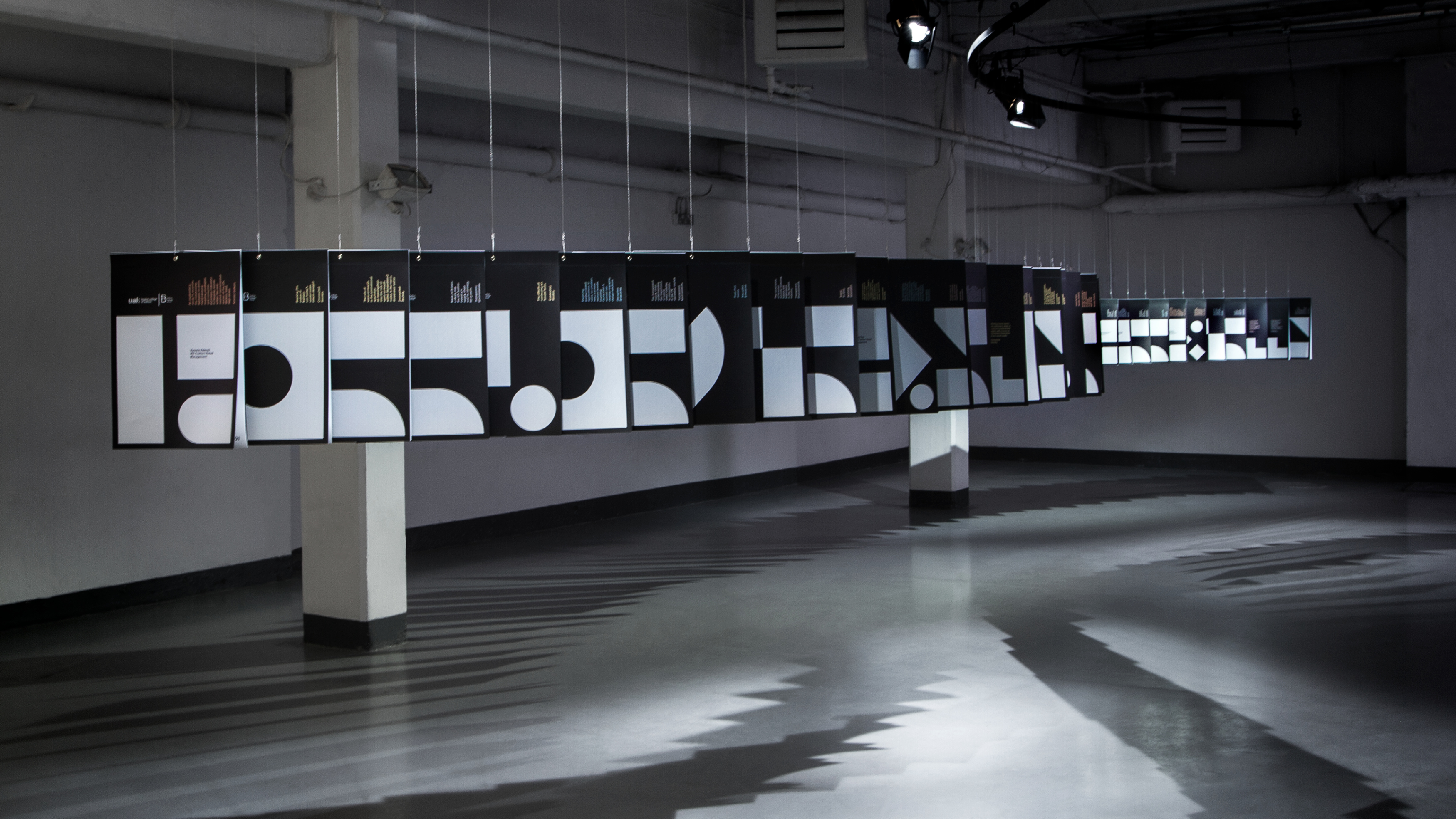
How does the experiential design process differ from traditional design?
Traditional design is always in service to the brief. Experiential design is always in service to the audience.
Foremost, experiential design asks questions that are more emphatic than traditional design often asks: how will the audience feel? What might they enjoy? What senses can we trigger? Why should they care about this? What will they talk about and share afterwards?
Experiential design processes acknowledge that the ‘experience’ is just the start of the moment they're trying to create. It’s what the audience takes away from the experience, and vitally what they do next, that is so exciting as a challenge for the experiential designer – and so appealing to brands utilising a more experiential approach.
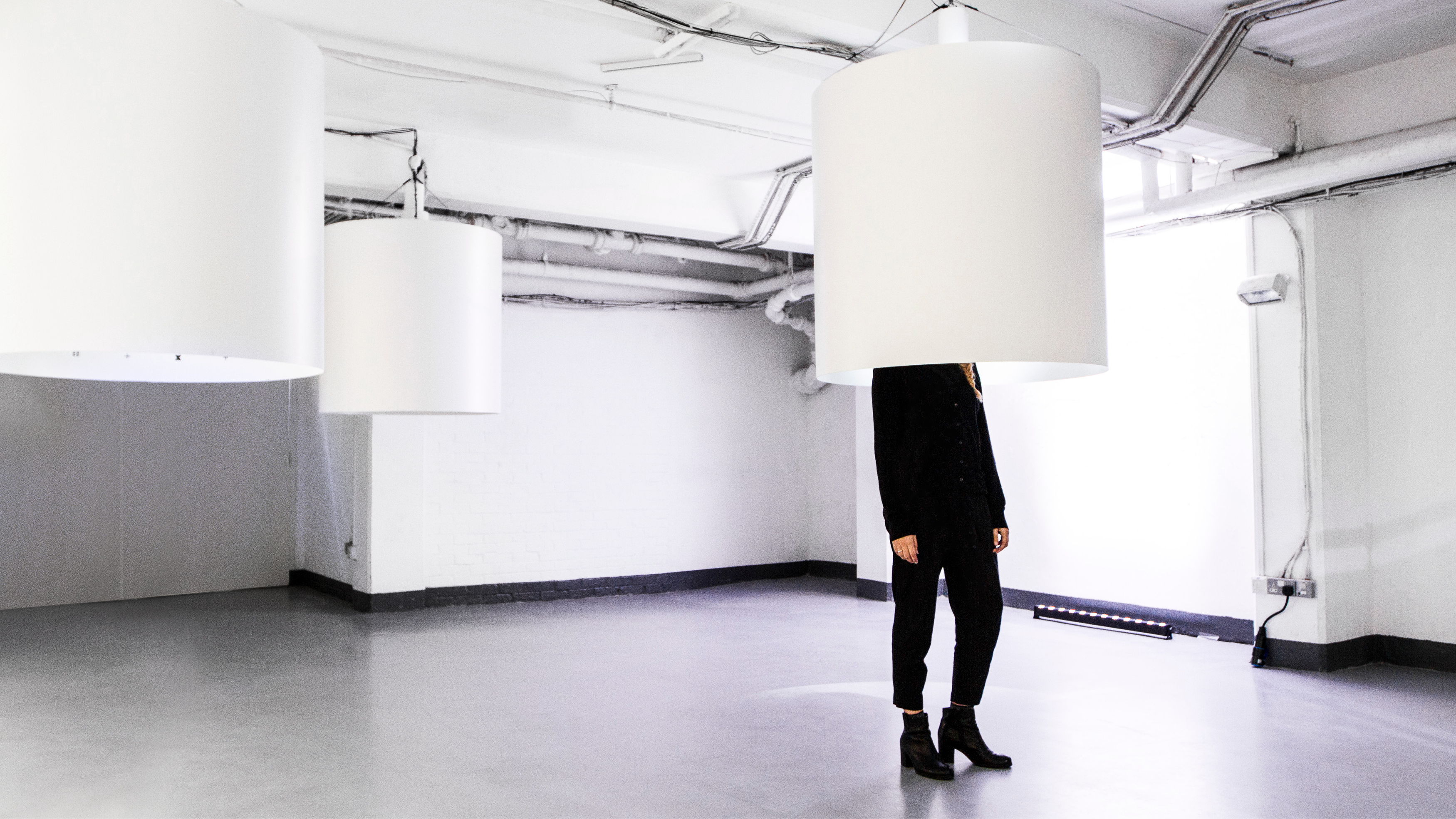
What unique challenges do you face in the experiential design industry?
I think one of the unique challenges in the experiential design industry is the need to further shape the understanding that all design should create an ‘experience’. Whether it’s a piece of print, a product or an immersive digital environment, every designer is in the business of creating a moment. But I feel, to fully realise the potential of experiential design within the commercial sphere means rewiring how marketing briefs are written and considered. Challenging the conventional deliverables list - to consider new places to spend marketing budget, in ways that could maximise the sensory engagement opportunities brands offer their audiences.
It’s my belief that a brand that ignites positive emotional interaction with its audience forms a stronger natural bond. By inviting people to discover and delight in the unexpected, designers can help brands secure their place in culture and the public mind, enabling them to resonate beyond this moment.
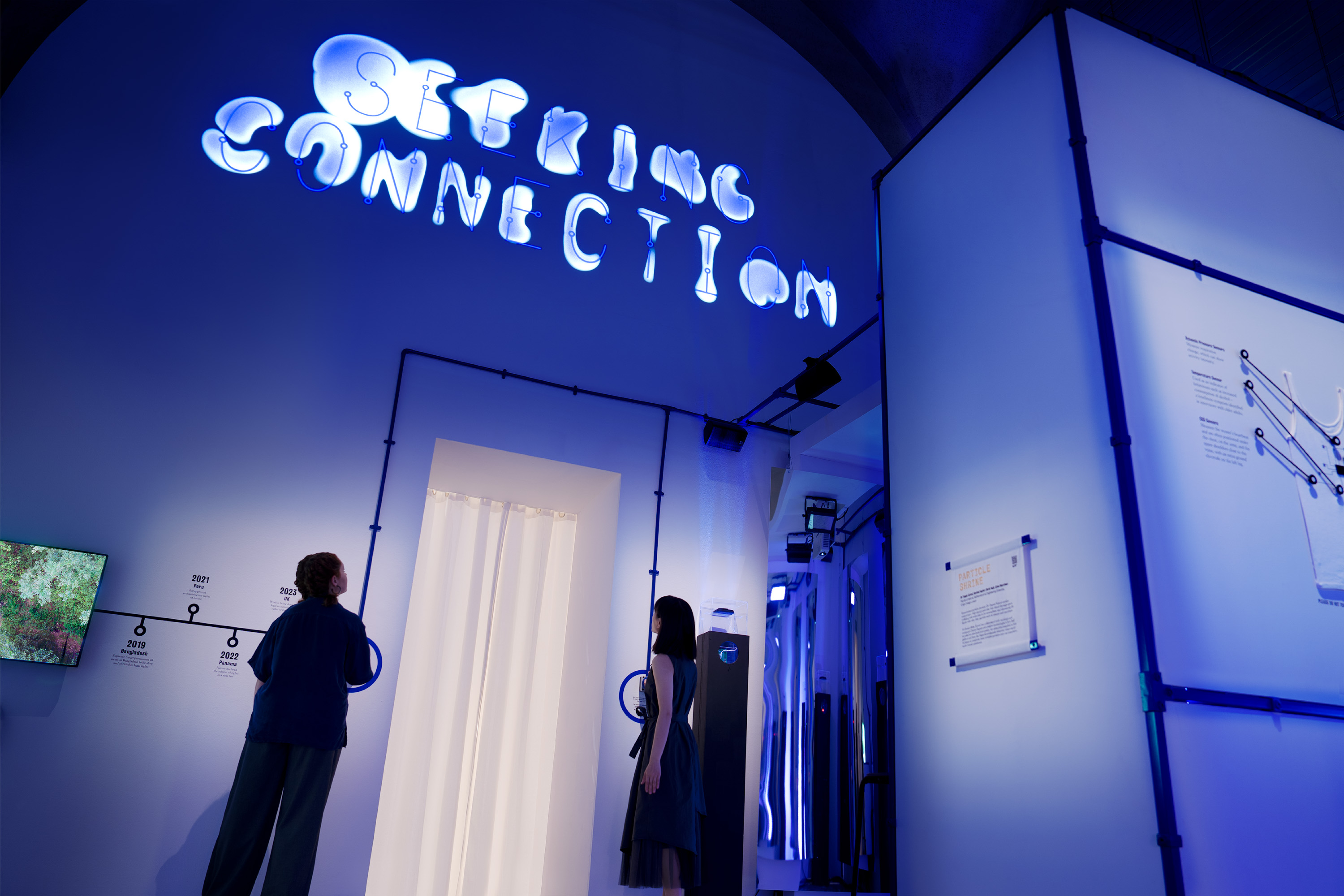
How has advancing technology impacted experiential design?
For me, technology is an enabler. Ideas which designers were once unable to experiment with can now be more fully toyed with, for less cost and time. Technology represents experimentation, treatment, trial and error.
Facilitating a way to connect a simple idea to more than one sense is something technology can really help us to further understand and advance as designers and experience makers. But fundamentally, experiential design is all about the audience connecting with their moment. I think it's neat that in a time where we’re quick to view advancing creative tech with scepticism, it all comes back to people and ideas in the end. It’s a distinctly human craving.
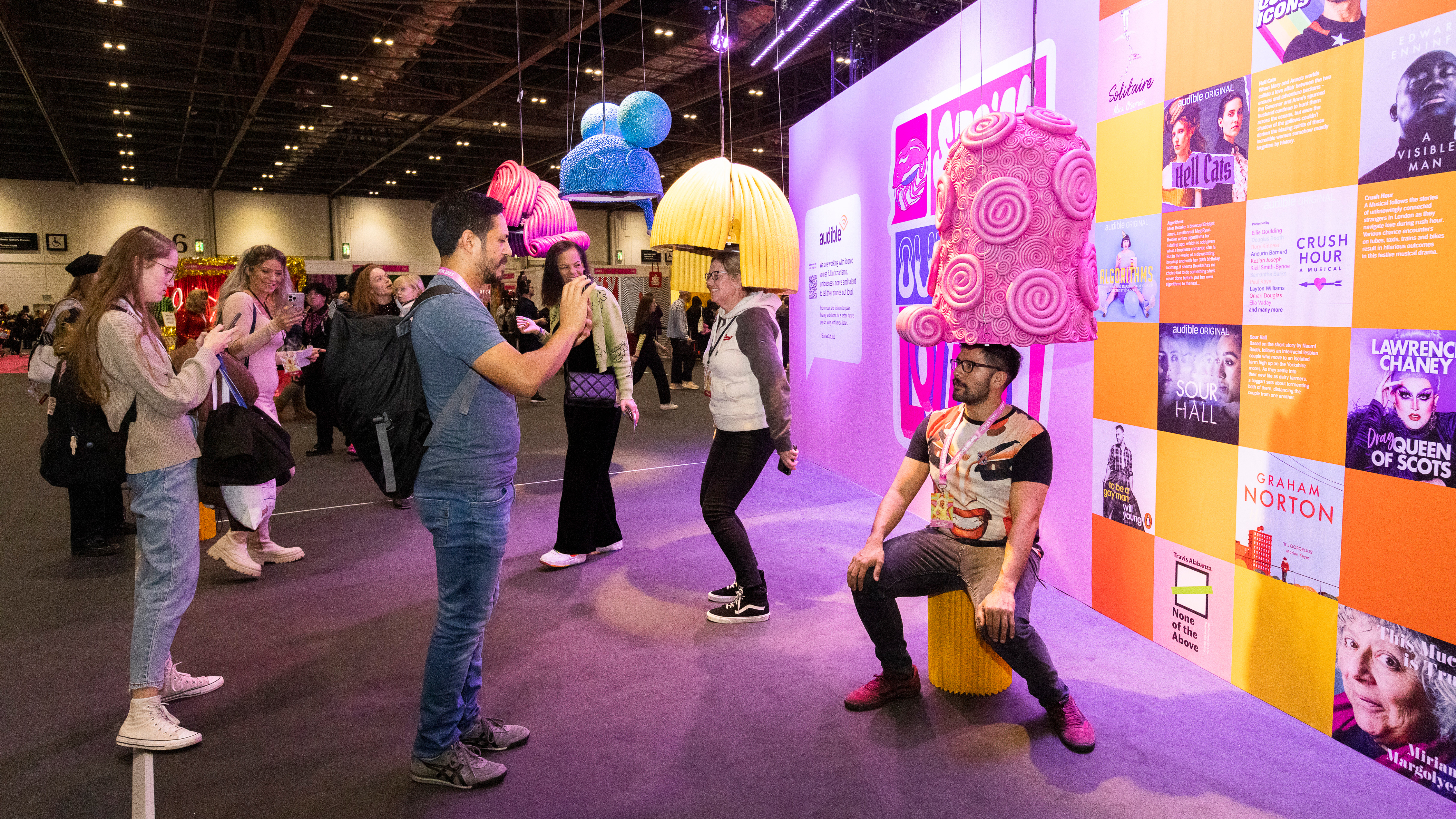
How do you see the experiential design sphere evolving in the next 10 years?
I'd like to see full sensory experiences exist more in the commercial world. For brands and organisations to take a holistic view of commissioning design that recalibrates their written brief. Finding more opportunities to engage audiences on a sensory level and recognising the benefits of creating a greater natural bond with your audience can bring.
I see experiential design evolving, with its value enhanced beyond entertainment and one-off brand activations, to connect brands with audiences through the senses, to create design that can influence and assist the way that we feel. Whether it's positivity enabling, joy and comfort or directly responding to feelings of sadness or loneliness, there are so many ways experiential design can stretch across different audience demographics and sectors to celebrate human emotion and connection.

Have you created a standout logo or branding? Enter the Brand Impact Awards.







